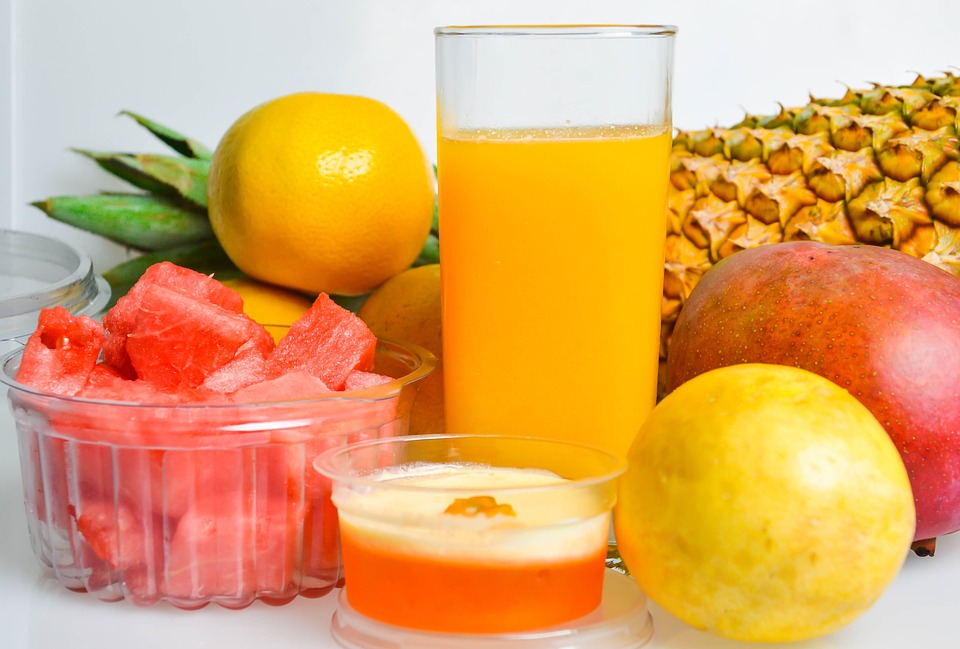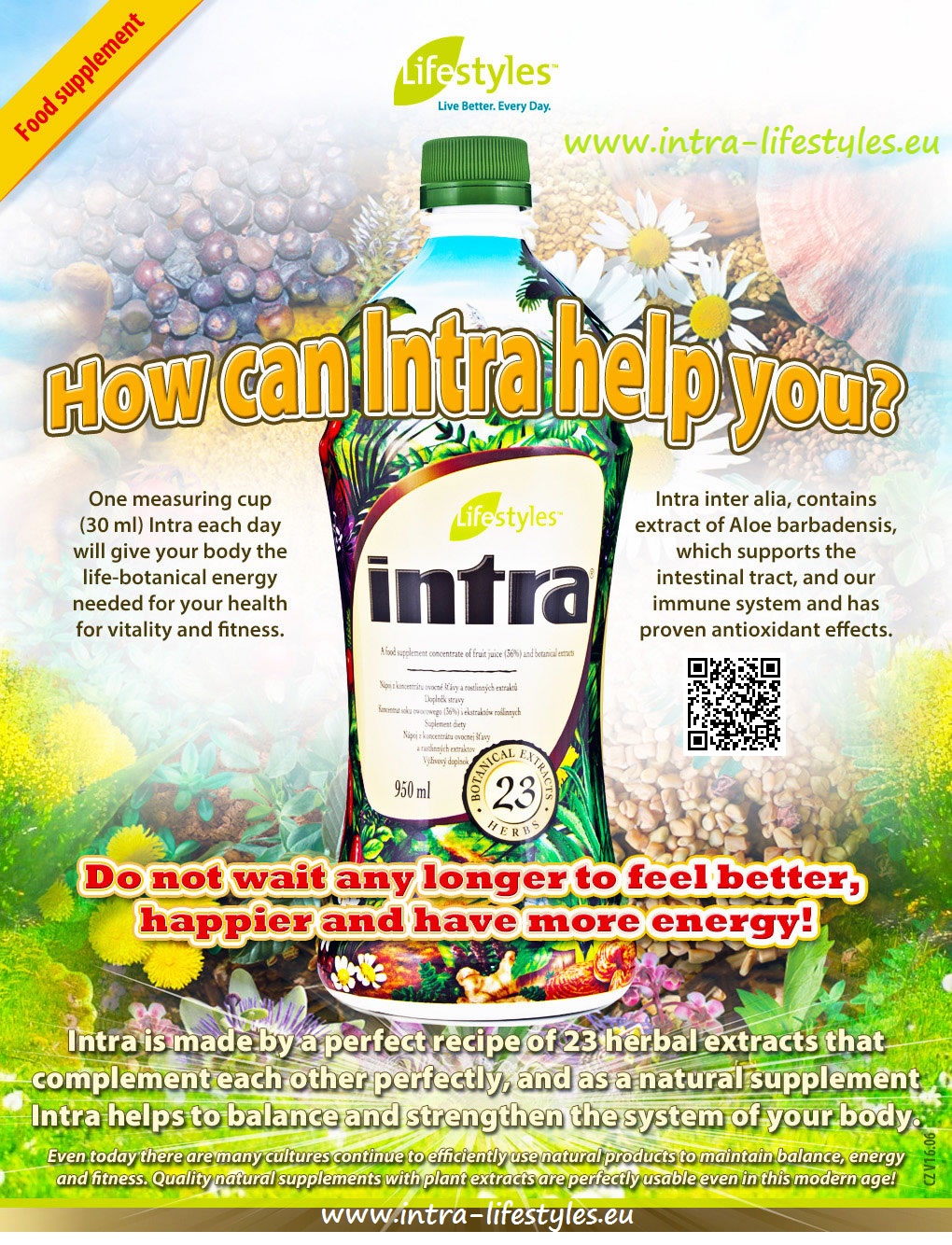The wrong diet, obesity, and tiredness are problems that affect all populations. The latest scientific findings have revealed a combination of 50 foods to extend and improve your life!
Try the 50 foods that are super healthy
Apples, Avocados, Bananas, Blueberries, Oranges, Strawberries, Eggs, Lean Beef, Chicken Breasts, Lamb, Almonds, Chia Seeds, Coconuts, Macadamia Nuts, Walnuts, Peanuts, Asparagus, Bell Peppers, Broccoli, Carrots, Cauliflower, Cucumber, Garlic, Kale, Onions, Tomatoes, Salmon, Sardines, Shellfish, Shrimp, Trout, Tuna, Brown Rice, Oats, Quinoa, Ezekiel Bread, Homemade Low-Carb Breads, Green Beans, Kidney Beans, Lentils, Cheese, Whole milk, Yogurt, Butter From Grass-Fed Cows, Coconut Oil, Extra Virgin Olive Oil, Potatoes, Sweet Potatoes, Apple Cider Vinegar, Dark Chocolate.
We also recommend:
1/A dose of daylight. Wake the sun and light in the apartment. You can also buy a special lamp that radiates the extremely bright artificial light of the entire spectrum and compensates for the lack of natural sunshine.
2/Ensure sufficient movement. Find motivation to exercise not only during spring tiredness. But try regular swimming, exercise, walk, run, or do something that takes you out.
3/Apply a healthy diet high in vitamins, minerals, and proteins. Sweets deliver energy only for a short time and are therefore not recommended.
4/ The Herbal Alternative: Better Together Plus/The Synergy Of Intra, FiberLife and NutriaPlus
There is a massive amount of foods out there that are both healthy and tasty. Here are 50 incredibly healthy foods. Most of them are surprisingly delicious. Fruits and berries are among the world’s most popular health foods. This is not surprising, given that they taste incredible. Fruits are also very easy to incorporate into the diet because they require little to no preparation.
1. Apples/Fresh Apple sauce
The apple is high in fiber, vitamin C, and numerous antioxidants. Apples are very fulfilling, and perfect as snacks if you find yourself hungry between meals.







 6. Strawberries/fresh strawberries juice
6. Strawberries/fresh strawberries juice The carrot is a popular root vegetable. It is extremely tasty and crunchy and loaded with nutrients like fiber and vitamin K. Carrots are also very high in carotene antioxidants, which have numerous benefits.
The carrot is a popular root vegetable. It is extremely tasty and crunchy and loaded with nutrients like fiber and vitamin K. Carrots are also very high in carotene antioxidants, which have numerous benefits.












 However, this is not a one-time cleansing, but we need supplements for several months to a year. Then we can perform a control analysis of the elements in our hair to see if we still have to continue with the supplementation.
However, this is not a one-time cleansing, but we need supplements for several months to a year. Then we can perform a control analysis of the elements in our hair to see if we still have to continue with the supplementation.